IPEM Paris 2024 – The Daily Spin – September, 11th
Discover a summary of Wednesday at IPEM Paris 2024 with the Photo Gallery (relive our events: Comms & Marketing Lunch, Wrap Party), the TV Studio Interviews, and the Video Highlights!
 download our IPEM App [NEW!] to maximize your live event experience!
download our IPEM App [NEW!] to maximize your live event experience! 
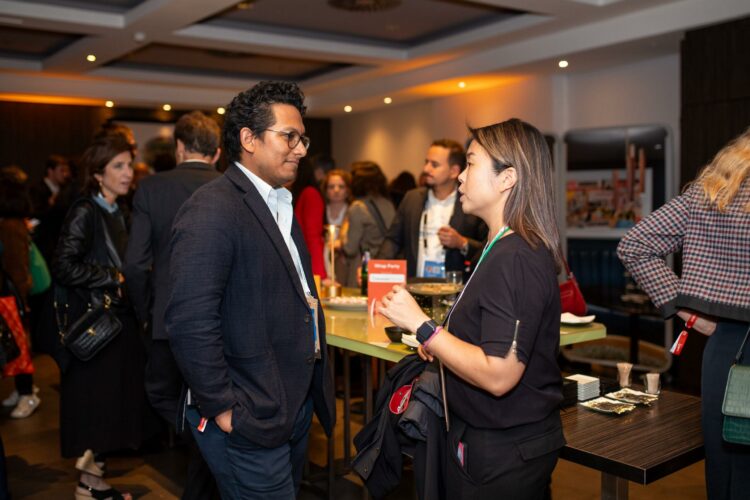
Find below the full Photo Gallery of WEDNESDAY, SEPTEMBER 11th
Find below all the TV Studio Interviews of WEDNESDAY, SEPTEMBER 11th
Find below all the Video Hightlights of WEDNESDAY, SEPTEMBER 11th
LPs looking for consistency of returns as options to diversify increase
The last day of IPEM Paris 2024 at the Palais des Congrès, Paris, was once again buzzing with active conversations, networking and sharing ideas as industry peers from across the globe prepared for another packed schedule. The focus of the main conference agenda shifted to the LP community, under the title, “Keeping capital confident: Where and how LPs will allocate in 2025”.
To set the scene, Nicolas Beaugrand, Partner and Managing Director, Alix Partners, shared with the audience some fantastic market intelligence from the latest IPEM 2025 Allocation and Fundraising Report. Approximately $110 billion of LP allocations were expected at IPEM based on the data provided by over 1,000 LPs who participated in the survey.
Globally, it remains a very challenging fundraising environment for GPs, mostly because of the impact of the elevated cost of capital.
“We see an increased focus on liquidity, which is driven primarily by the pressure from LPs to distribute and deploy capital. Our data also indicates this year that a higher percentage of GPs are actually fundraising,” said Beaugrand. Specifically, 31% of GPs surveyed are still fundraising after reaching their first close 12 to 18 months ago, compared to 19% last year.
Moreover, only 24% expect a first close in H2 2024 compared to 41% in last year’s report.
The report findings are comprehensive but in summary here are a few additional takeaways:







Yup Kim, CIO at Texas Municipal Retirement System, spoke candidly about how he plans to build the institution’s approximately $40 billion program over the next five years, having joined as CIO at the start of the year.
“The strategy is simple: do the hard things well,” who spoke about the importance of building a strong team. “If your team feels loved and backed they’ll do an exceptional job,” he said. With billions of dollars to deploy each year, large institutions have to contend with multiple complex factors that go in to their allocation decision-making. In some respects, big LPs take a “mile wide inch deep” to investing but Kim was keen to stress that institutions cannot be an expert in every domain.
“We apply a thematic approach: align on 8 to 10 key themes as a team and go deep on AI, for example,” said Kim, noting that this was the key approach for the 16-strong investment team as they construct the portfolio over the next five years to 2030.
Ethical GP partnerships
Whilst acknowledging concerns over the US fiscal debt situation, Kim’s view was that the US economy was best positioned to generate value creation over the next decade. Asia is more mixed, with India and Japan looking most favourable while in Europe, Kim referred to headline worries around low productivity, sluggish growth, and increased political polarization.
LPs are doing their homework to capitalize on new opportunities and that’s a good thing. “We want GPs who can help us be a better investment organisation. Not doing so would be a mistake,” said Kim, who emphasized the need for ethical GP partnerships.
It’s been a roller-coaster ride for private equity investors since 2020 when the global pandemic literally changed the world we live in. At the time, private equity was still enjoying a halcyon period with record fundraising and deal making, and a strong exit market. Then successive rate cycles kicked in and the optics changed. On an engaging panel entitled “How the 2020 vintage will be remembered” there was an acknowledgment that as we move into a period of more uncertainty and more volatility, knowing which sectors are going to perform is harder to predict.
Different sectors perform better/worse at different times. Institutional investors such as Aware Super pivoted a few years ago at a time when strong performance was being generated due to a high allocation to technology and to a lesser extent healthcare. “We moved into financial services, into industrials, where we saw different exposures that have really benefited from the environment we’ve been in the last few years,” explained Jenny Newmarch, Head of Private Equity at Aware Super.
It was noted that the duty of all investors is to diversify appropriately and to choose one’s spots carefully. “My experience and observation is not that there’s too much money chasing too few deals; there’s a scarcity of capital relative to the opportunity set,” said Steve Moseley, Managing Director, Wafra Inc.
Pace yourself
The interest rate environment is going to be relevant when investors look back and analyse overall returns to the asset class in this current decade, particularly 2021 and 2022 funds that were buying at the height of the market at record valuations.
It was noted on the panel that investors have to pace themselves steadily and pick the right managers, making sure they didn’t over-allocate over the last four years. And if that were the case, taking measures not to do so going forward.
Longer holding periods are now becoming a common feature of this decade as GPs choose to hold on to assets for seven, eight years rather than five or six. Ageing assets and longer duration are testing LPs’ conviction. Are they willing to take duration risk?
“I think those who are willing to take that risk get paid for it. There’s less friction if there’s less transactional velocity. In other words, if you’re not forcing the management teams of portfolio companies every two years to put together pitch books; it’s great for investment banking fees but not necessarily the best thing for investment returns. Assets are getting older, but that doesn’t mean they’re getting worse,” explained Moseley.
Marie Pestalozzi, Co-head Private Equity, Amundi Alpha Associates, commented that many of their GPs have started just to look at MOIC. “IRRs are compressed. The returns will still be there, but perhaps at a different level,” she said.
Continuation vehicles offer optionality
DPIs and continuation funds were two common buzzwords at this year’s IPEM Paris conference and when investors look back on this decade they will look at the use of continuation funds by GPs as a natural expression of holding assets for longer duration – driven by the fact that bid/ask spreads are still wide when trying to realize investments.
Why sell the crown jewels in a portfolio and stop owning them if GPs think there is plenty more upside to be made? “This mechanism of having a continuation vehicle to continue owning an asset, if they’re the GP and they can give LPs the choice to generate liquidity, because it’s time and their program requires that, or to stay in an asset they know will see further growth, it really is a win:win,” remarked Andrew Bernstein, Senior Managing Director and Head of Private Equity at Capital Dynamics.
In that respect, continuation funds offer important optionality as the secondary markets grow and deepen. It’s an example of how the industry continues to be highly adaptive and capable in finding solutions to challenges.
Speaking on the panel, “How is liquidity innovation reshaping private markets?” Richard Damming, Head of Private Equity Investments Europe, Schroders Capital explained that GP- leds “give optionally to investors”. “That offers a lot of value. We invest in GP-leds and we see this as an area of growth for us,” he said.
To NAV…or NAV not?
During the morning session, references were made to NAV loans as another liquidity tool. There was agreement that these tools are useful in certain situations, provided NAV loans are used to support the portfolio and not to pay LPs: i.e. protect the portfolio.
The closer LPs are to the deals, the greater degree of control they have over the pace of deployment. This could be where pension funds come under pressure in coming years as the face a structural disadvantage. LP competition is fierce and relies on ever more skillsets and resources. US public pension plans risk getting lapped by endowments, SWFs, Canadian pensions and others and they could face a tough battle ahead.
With trillions to invest, institutions have no plans to slow their pace of private markets investments, however. This sentiment was made clear on the “Managing Trillions and still delivering on returns” panel session. “I think there’s a lot of myths about private markets being in disarray. The reality is it’s very strong, it’s very precise, and the options for investors have grown up,” noted Deborah Zurkow, Global Head of Alternatives, Allianz Global Investors.
More exits. More inflows
This is a cycle and LPs are picking their spots more. The best place to put money in the next few years is European real estate, according to Eric Adler, President and CEO of PGIM: “Everyone’s saying Germany is the sick man of Europe. That’s a sign that you should be investing there. I’m a long term bull on Germany.”
The point was made by panelists that investors are much more keen investing in private equity when GPs give them a lot of exits. Doing so leads to more inflows. It’s a circular economy. But this was perhaps forgotten in years past when GPs were able to enjoy a golden period of cheap debt and easy to access. “So we have been through a cycle where exits, distributions were higher than average,” said Christophe Baviere, Co-CEO, Eurazeo.
As debt has become more expensive and harder to access, distributions have fallen to around 11% of NAV and investors have been reluctant to put more money to work as a result.
The panel said they were seeing a pick up in valuations, which will drive exits, and that selling to other PE sponsors and trade buyers was coming back.
Baviere added: “Long term if you do your job well exits will naturally happen.”
Some GPs have had tremendous success buying and selling in this tough environment, such as BPI France. Jose Gonzalo, the firm’s Executive Director, Direct Investments, said they did 300 deals last year, ranking them number two in the world. By investing in family-owned companies even if the wider environment is quite tough, “you can create value,” said Gonzalo. “To help them transform through digitization, for example, you will create value and you will do the exit. We did 120 exits last year with an average 3x multiple.”
Looking ahead, Europe’s patchwork of companies will consolidate and private debt will have a key role to play in supporting mergers and acquisitions. There was agreement that the non-bank lending market in Europe is here to stay.
Sports investing is emerging as a very interesting investment area for LPs as they look ahead to 2025 and beyond. Doc O’Connor, Managing Partner, Arctos Partners, gave some brilliant insights on the genesis of Arctos Partners in late 2019, just before Covid-19 broke out. Initially fearing this was the end for Arctos to invest in the four big North America sports leagues, the opposite proved true.
“After about a week or two, it became clear that not only was it not an obstacle, it became this massive tailwind for us, because without any end in sight to Covid – no fans, no sports happening – the need for liquidity in the landscape became acute,” said O’Connor.
Arctos now has roughly $10 billion in AUM and with the prospects of the NFL opening up to institutional capital, O’Connor said he saw no real downside to LPs looking for long-term investments in this space: “It’s a powerful and growing asset class. We’re not in the business of predicting the future, but the tailwinds exist and the room to grow across the entire sports ecosystem is there.”
Morning Summit Session Key Takeaways
Private debt, Secondaries and Asia Pacific were the focus of the morning’s Summit Sessions. Industry experts spoke at length on the reasons for private credit’s continued growth over the past decade, with non-bank lending now accounting for 55% of the global lending market.
Demand for financing solutions from middle-market and upper-middle-market companies, as well as the search for quality risk-adjusted returns by investors remain key drivers of growth.
Straight-line growth cannot be expected however, no matter how enticing the asset class.
Panelists explained that while banks still play a key role in the private credit ecosystem, there is increasing competition from banks’ own asset management arms, as well as a trend towards more co-operation and partnership between banks and private credit providers.
On the topic of building a private debt portfolio and allocation plan, session speakers stressed
the importance of maintaining credit quality and document flexibility in their investment approach, while also being willing to accommodate some flexibility on price for top-tier credits.
Speakers discussed the merits of a balanced portfolio approach, allocating capital across different market segments (upper mid-market, lower mid-market, sponsored, non-sponsored) based on the strength of the investment teams and opportunities in each segment.
The private debt market experienced an emotional roller-coaster over the past four years, surging from bullish in 2021 to uncertainty in 2023. Larger private credit managers are seeing consolidation in the market, with scale and track record becoming increasingly important competitive advantages.
The institutionalization of private credit over the past decade is expected to be followed by democratization of the asset class, with growing interest from individual investors as the asset class further matures.
During the Secondaries Summit, it was noted that the market remains active despite economic challenges. Transaction volumes have been high in recent years, surpassing pre-pandemic levels. As was mentioned several times during IPEM Paris 2024, there is a continued need for liquidity solutions as LPs look to exit their investments. Secondaries have become a true portfolio management tool in that respect.
GP-led transactions will remain a significant part of the market but may not dominate to the same extent as in the past. There is a growing interest in using secondary markets for a wider range of asset classes, such as infrastructure and venture capital.
The Asia Pacific Summit shone the spotlight on key trends in the region. During one of the sessions, “The promise of South-East Asia”, Indonesia and Vietnam were cited as being the most exciting areas in the region. Indonesia’s government is willing to attract investors and is very liberal about adapting to their needs, while Vietnam is also looking for fast growth in the next five years. With an average age of 25, The Philippines has an appealing demographic profile.
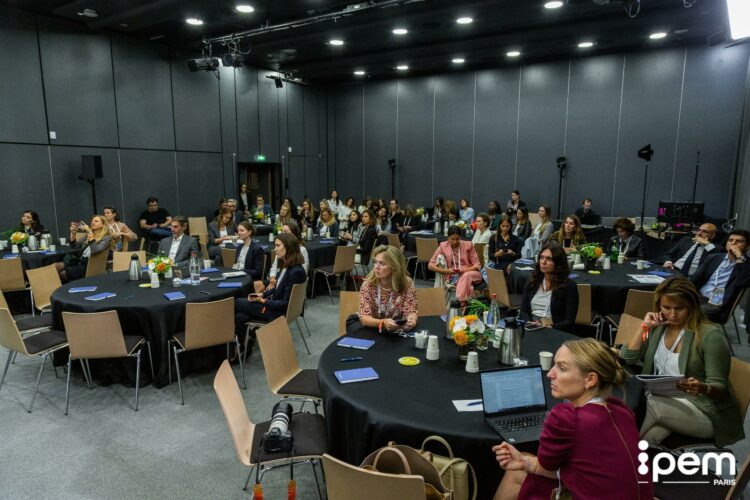
IPEM concludes with discussions on Space, BBQs and everything in between!
The afternoon sessions at IPEM Paris 2024 continued the theme of ‘Keeping capital confident’ and what better way to elevate the discussion by focusing attention on Space. An unlikely, but nonetheless fascinating guest to have at a global private markets conference, Samantha Cristoforetti, an astronaut at the European Space Agency and only the second of two women sent into space by the ESA, explained how private actors are transforming lower earth orbit.
Private companies such as Elon Musk’s SpaceX are now operating space vehicles and making it as cheap and efficient as possible for transporting cargo into space. People can now pay to travel in them if they have deep enough pockets, as was witnessed just this week when Jared Isaacman, the commander and billionaire sponsor of the Polaris Dawn mission, flew higher above Earth than anyone since the last Apollo astronauts. Riding aboard SpaceX’s Dragon spacecraft “Resilience”, the four-person crew climbed 870 miles above earth.
“A generation of entrepreneurs recognize that space is ripe for disruption,” said Cristoforetti, adding that the ESA has created the ESA investors network, which now has more than 60 members, to help potential investors understand space production.
Areas that are ripe for investment include:



A new program is being proposed by the ESA to create a structured program for space entrepreneurs. “You need to be fast in developing viable products that can be developed in two, three years not a decade; a Silicon Valley mantra,” added Cristoforetti.
Like the Sports Investing session at the end of the morning, Space Ventures is another hugely exciting area for ambitious investors to consider this decade, as their widen their own investment telescopic lens on private markets.
As GPs look to expand their own horizons and further scale their private equity businesses over the coming years, there are a number of operational challenges they need to overcome. Clear and transparent disclosures to LPs will be imperative as PE firms not only retain a high quality investor base, but introduce strong internal operational and governance processes to attract a wider cohort of new investors; not least within private wealth.
“Reporting has become a lot more complex. You now have more customized reporting so it’s looking for faster better ways to get data from our portfolio companies. Collecting it fast and quick enough and putting it into a standard format for LPs is the main challenge,” remarked Fred Ebrahemi, Partner, COO and General Counsel, Clearlake Capital Group. He was speaking on the panel “Fixing private equity and taking it to the next level.”
Charles Foucard, COO at Edmond de Rothschild Private Equity, suggested that to get to the next level, branding would be key, especially when targeting private clients, who will be writing much smaller tickets and how will need diversification through fund-of-funds.
“New semi-liquid products could create potential asset/liability mismatches. Secondary market is growing but not enough to absorb a liquidity event. Distribution and reporting teams will need to customize things a lot more and this challenges the operational model as GPs go after retail investors,” he said.
With smaller investment tickets and more regular reporting (evergreen funds come with monthly NAV reporting) this will place far greater pressure on GPs’ reporting frameworks, and will require even more sophistication if they are to adequately meet the demands of democratization.
Not that larger institutional investors are necessarily keen on GPs expanding their horizons. A genuine question was raised by QIC’s Head of Europe, Rune Jepsen: “What’s in it for us? We don’t need the branding and other guardrails that retail investors will require.”
It could therefore be a delicate balancing act for more ambitious PE groups, as they seek to scale in a way that keeps their biggest investors in close alignment.
The panel spoke about how the need for more internal governance has changed middle- and back-office culture in the last five years. At Clearlake Capital, for example, they now have six or seven committees beyond merely the investment committee. Emerging managers will arguably need to adopt a similar approach, to ensure areas like cyber and data security have robust internal oversight.
“A lot of our future growth is how well we can manage data; what lessons can deal teams learn before the next investment?” said Ebrahemi.
By using more of their own proprietary data in AI tools, for example, GPs will find it easier to scale up and improve a lot of pre-investment functions such as due diligence, as well as ongoing reporting demands, portfolio management and risk management. To do so, the panel said it would require GPs to hire more data scientists as the industry moves towards more dynamic, real-time reporting for their end investors.
For LPs who are not satisfied or have sufficient confidence in maintaining their capital commitments to GPs, they now have far more options to manage their portfolios in a tactical way. Liquidity options in the secondary markets continue to mature.
Secondary market should be twice the size
On the panel “Liquidity options for LPs the good, bad and the ugly”, it was noted that deal volume has increased a lot as a result of GPs taking their own initiative and offering liquidity to all investors when setting up continuation vehicles; this contrasts to LP-led secondaries where a single LP takes the decision to rotate out of a GP or set of GPs as part of their ongoing active management.
Speaking about continuation vehicles, Eric Deram, Managing Partner and CEO, Flexstone Partners, said, “As an LP, these are tools we find interesting to generate liquidity. Personally I am very bullish on the growth of the secondary market.”
Cari Lodge, Managing Director and Head of Secondaries at CF Private Equity, was in agreement. She noted that a large number of new sellers are coming to the market. “Buying younger vintages is exciting for us to get ROI relative to GP-leds. There’s a lot of supply but not enough capital. We think secondaries should be double their current size.”
Pricing is lower, approximately 10% below average, and according to Christophe Nicolas, Managing Director, AlpInvest, “the quality of assets we are being presented with is high.”
US and European buyouts were noted as a strong preference on the panel when looking for opportunities. Lodge said that the firm’s latest secondaries fund was “one of the highest quality funds we’ve been able to construct”.
On the issue of GPs using NAV loans to generate there was a clear consensus: they are fine when the GP uses them to finance and support portfolio companies but it absolutely doesn’t make sense to use them for to generate liquidity for distributions. Some GPs are using NAV loans and bridging loans to provide liquidity to investors but this is clearly not something that all LPs are comfortable with.
At the end of any afternoon, a good BBQ is always welcome and that’s exactly what the audience enjoyed. The topic of DDQs and how to grill GPs before committing capital was a lively affair and provided a good taste of how LPs think about their manager selection.
The discussion provided valuable insights into the intricacies of assessing fund managers in the current market landscape. Key topics included the importance of addressing liquidity concerns and preparing for exits, particularly for smaller firms navigating a challenging fundraising environment.
The conversation highlighted the need for a balanced approach to due diligence, integrating systematic methodologies with instinctual insights, and utilizing frameworks such as the ‘ten drivers of franchise value.’ This is something that Blue Owl oversees by combining systematic analysis with human instinct/experience to drive decisions on when to invest. Sean Ward, Senior Managing Director at Blue Owl, referred to one anecdote where a GP was continually refreshing their LP base, even though each fund was getting bigger. Digging down to investigate, and hearing unfavourable feedback from investors, the decision to pass was made.
“We consider a qualitative assessment of the GP but we also use data to triangulate our decision-making. You can achieve renewed views of the GP with reference calls when considering re-ups,” said Pauline Wetter, Partner at LGT Capital Partners who added that one of the most frequent questions they ask GPs is, ‘Are there exits in preparation?’
Other key questions cited were: What does the buying environment look like? What does the selling environment look like?
“Then I ask, well what’s actually going on, why is the bid/ask spread where it is with valuations?” said Jim Pittman, Head of Private Markets Multi-Management, British Columbia Investment Management Corporation.
Source of friction
It was noted that many exit deals don’t close because they’re waiting for values to be achieved and they push them into continuation vehicles. This is a source of friction for LPs.
Panelists emphasized the need to recognize multiple ‘orange flags’ during the manager selection process, identifying potential pitfalls such as strategy creep, and the significance of reference checks. Looking ahead, the discussion set the stage for exploring emerging trends and issues related to liquidity and fund performance in future meetings.
Deals that have gone badly for LPs are those where they have a gut feeling that this is not a team they should invest with but can’t quite quantify it and so end up doing the deal (this is an orange flag example). It’s these situations where LPs find they might have put too much hot sauce on their steak, to use the BBQ analogy.
Afternoon Summit Sessions Wrap-up
During the Private Debt Summit (Part 2) the conversations focused on evolution of the private debt landscape, direct lending in Europe, and the evolution of special debt situations. With respect to direct lending in Europe, speakers referred to the return of the activity in the syndicated loan market. This may put pressure on direct lending for larger deals. However, this could also lead to more activity in the upper-mid market for direct lenders.
Increased collaboration between direct lenders and banks is expected, with structures like “senior plus mezzanine” financing for high-value assets, suggesting a move towards a more nuanced approach to financing solutions. Private credit funds are diversifying their portfolios beyond senior debt to include structures like junior debt, to allow for potentially higher returns.
During the discussion on special situations, the distinction was made relative to distressed debt. In the former, the focus is on performing companies with potential for higher returns (200-400 bps above direct lending). Whereas in the latter strategy (distressed debt), the focus is on companies in financial trouble, where the aim is to restructure or acquire assets at a discount.
Increased Complexity in the Market
The summit revealed that traditional lenders are moving away from complex transactions (specific sectors or structures), This creates a gap filled by special situation lenders who can offer bespoke solutions, Complexity doesn’t necessarily mean higher risk; it can involve structuring deals for specific borrower needs. Unlike traditional lenders with standardized documents, special situation lenders can create custom covenant structures, offering increased credit protection and potentially higher recovery rates in case of default.
It was noted that rising interest rates will make it more challenging for companies with high debt levels, with the potential to increase defaults and insolvency rates. This will create more opportunities for special situation lenders.
On the Women in PE summit, the discussion stressed the importance of gender diversity in business decision-making, targeting a 50-50 gender balance across associate to senior associate levels and aiming for 25% female representation in the investment team.
Implementing diverse hiring processes, robust mentoring programs, and mandatory unconscious bias training were highlighted as key strategies to increase female representation.
The conversation underscored the importance of creating a culture of belonging through clear onboarding policies, regular mentorship check-ins, and promoting networking specifically tailored for women.
Actionable Goals
Setting measurable DEI targets for portfolio companies, strengthening support systems for women in strategic roles, and ensuring transparency in communication and decision-making processes were identified as actionable goals. The summit also referenced the need for sustained efforts to democratize private equity through education and structural adjustments, ensuring inclusivity and equal opportunities for women in strategic decision-making roles.
At the end of positively vibrant edition of IPEM Paris, Antoine Colson, Managing Partner and CEO of IPEM gave a concluding address to the audience. In it, he spoke about the importance of nuance as industry participants ponder many of the questions raised throughout the conference.
He noted that disruptive trends that will shape the future of the industry include:




In total, IPEM Paris 2024 welcomed 5,476 participants. Some 2,225 firms were in attendance and of the 907 GP firms, 60% were international. There were 1,171 LPs this year, an increase of 12% on 2023.
Thank you to everyone who made IPEM Paris 2024 a truly memorable affair!





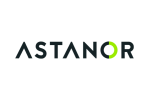
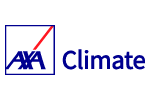
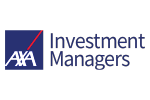

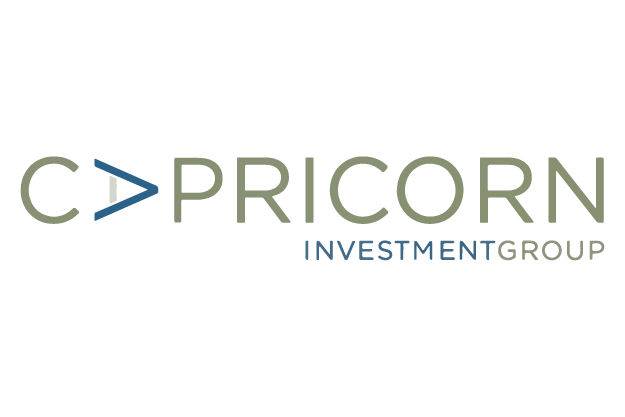
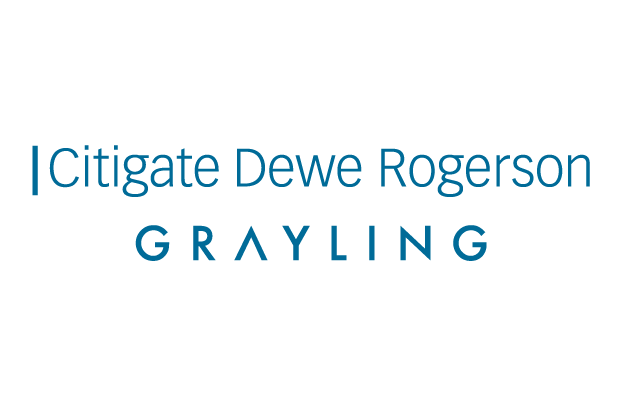


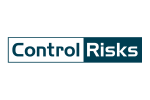
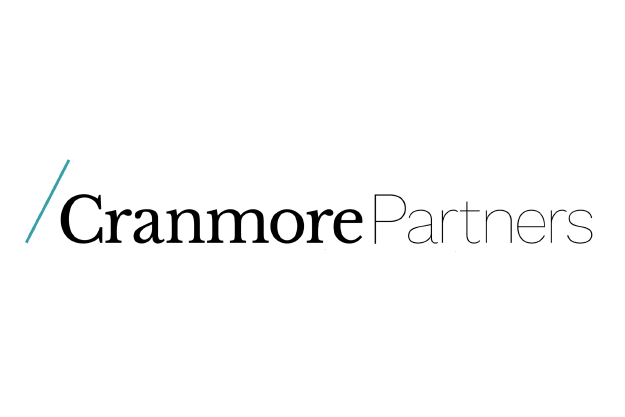
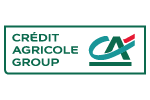
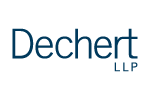



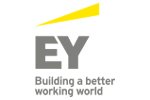


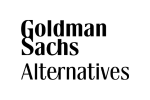
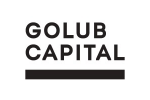


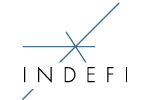
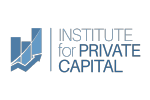

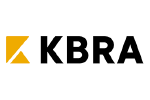
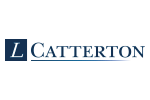
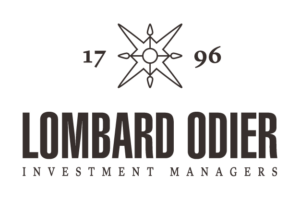
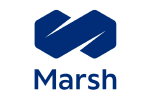
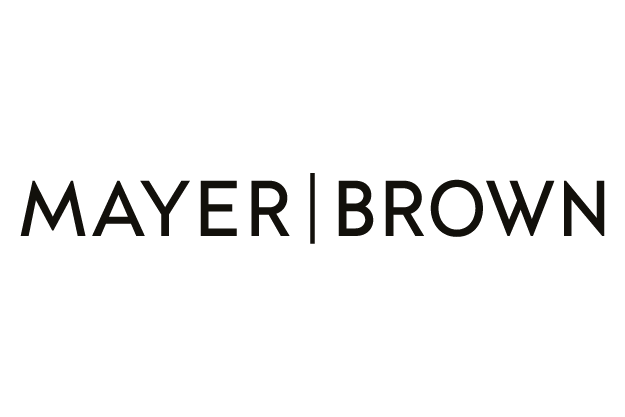
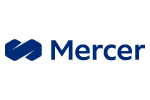
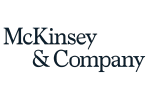
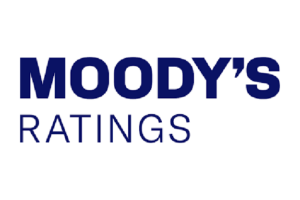

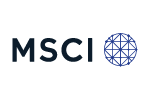
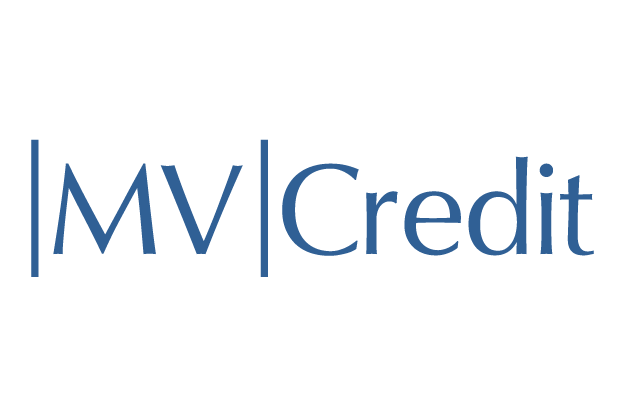
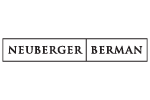

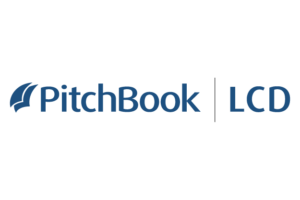
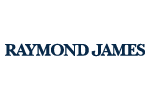
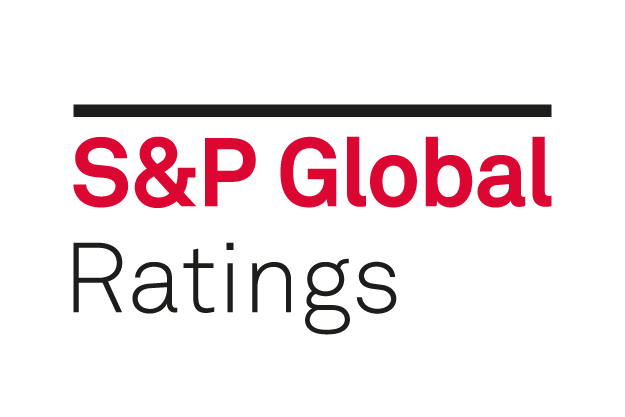
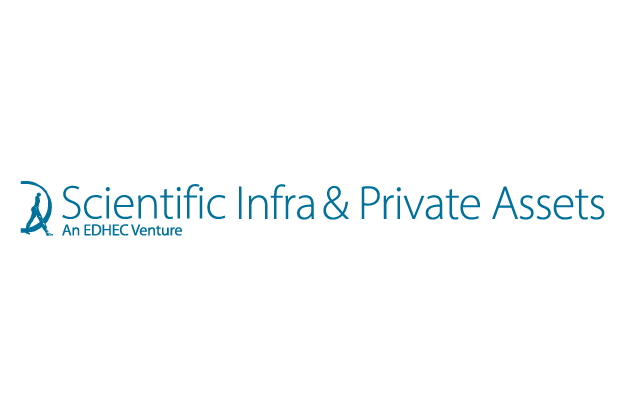
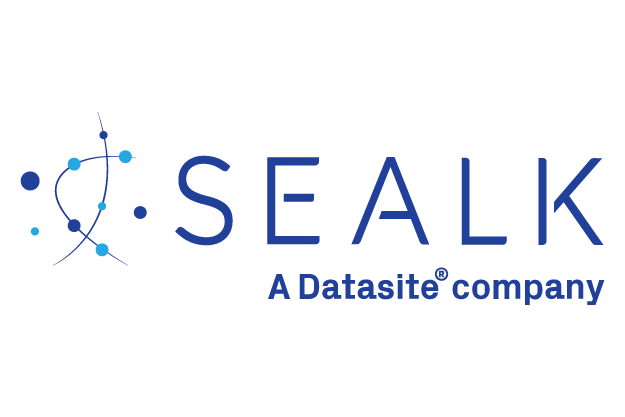


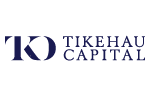
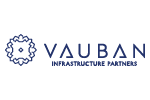




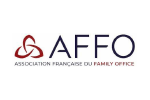
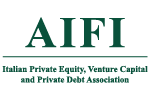

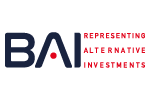
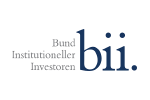
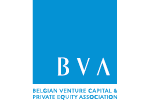
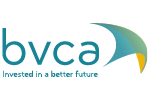
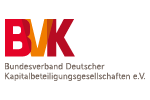


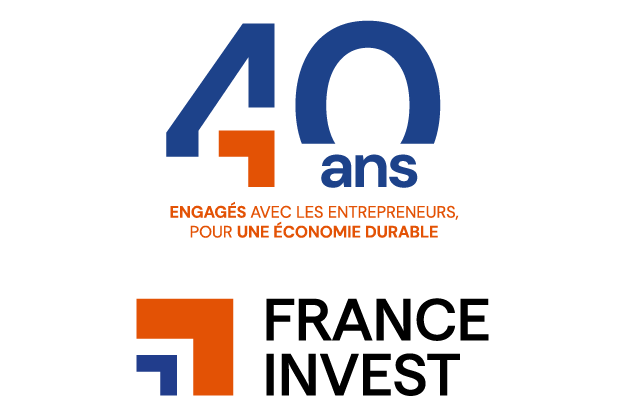
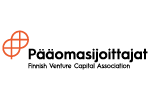
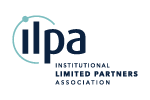
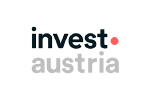
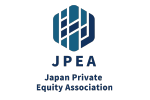

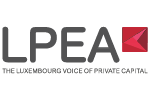


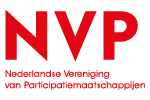




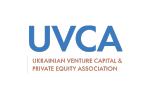

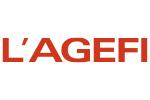





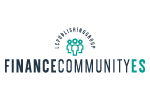
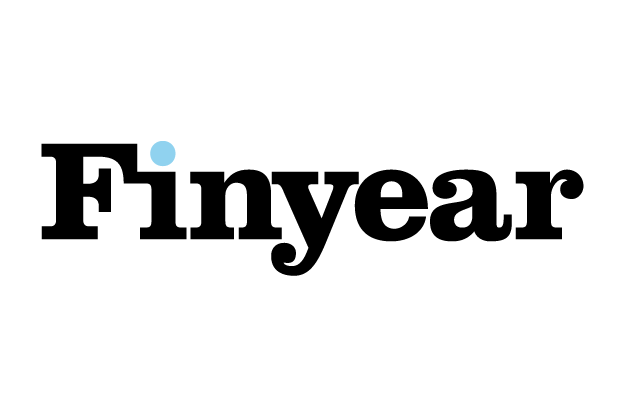







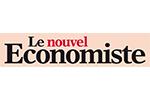

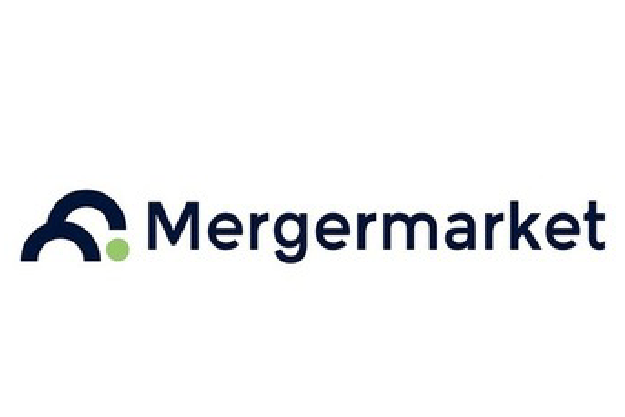
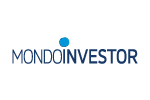

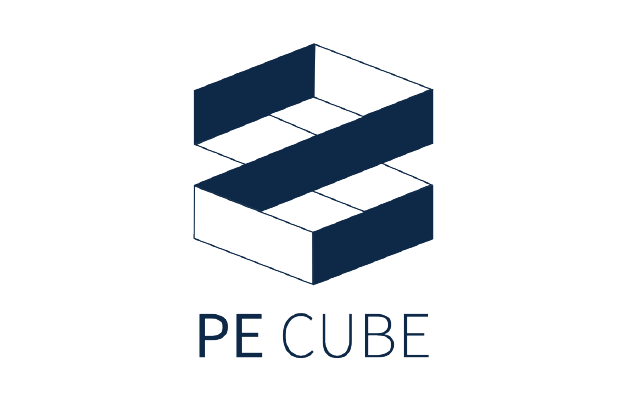
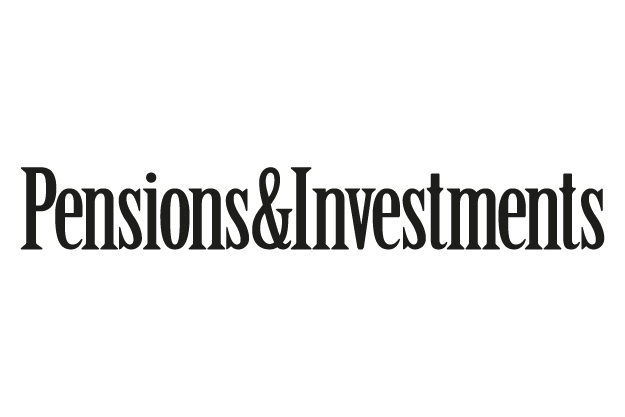

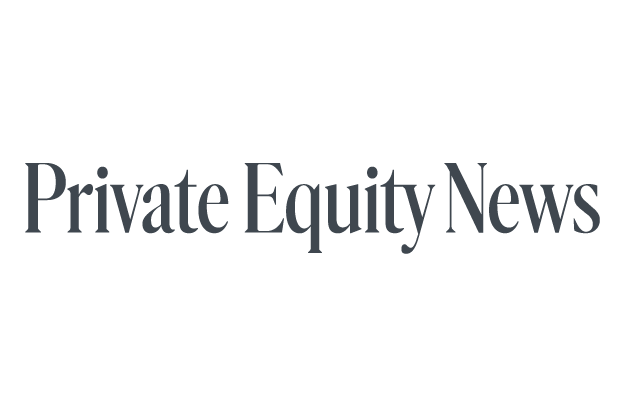

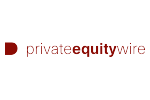



Discover a summary of Wednesday at IPEM Paris 2024 with the Photo Gallery (relive our events: Comms & Marketing Lunch, Wrap Party), the TV Studio Interviews, and the Video Highlights!
Fill-in the information below to submit your event.
Fill in the information below to download the Survey.
Fill in the information below to download the Product Catalog.
Fill in the information below to download the Investor Package.
Fill in the information below to register as a journalist.
Fill in the information below to download the Factsheet.
Fill in the information below to download the Product Catalog.
Fill in the information below to download the list of firms.
Fill in the information below to download the LP Package.
Fill in the information below to download the Factsheet.
Fill in the information below to download the Wealth Discovery Package.
Fill in the information below to download the IPEM Playbook – Navigating the Wealth Revolution.
Fill in the information below to download the Factsheet.
Fill in the information below to download the Full Report.
Fill in the information below to download the Product Catalog.
Fill in the information below to download the IPEM LP Package 2025.
Fill in the information below to download the Program.
Notifications